Fort Gadsen was known as the “Negro fort,” this citadel was built during the War of 1812 by the British and was meant as a tool to recruit runaway slaves and Seminoles to battle the Americans. Once the war concluded, the British abandoned the fort.
Some black men left with the British as they were promised freedom, while some 300 blacks and Indians were holed up in the fort under the leadership of a black fugitive named Garson and a Choctaw chief. Irate at the notion of a community of defiant blacks, white slave owners called on the U.S. government to help them recapture their runaway slaves.
On June 27, 1816, under the orders of President Andrew Jackson, the fort was attacked and destroyed. Only 50 of the 320 settlers survived. Today the state park still contains a network of trenches as well as the earthen outlines of the old fort.
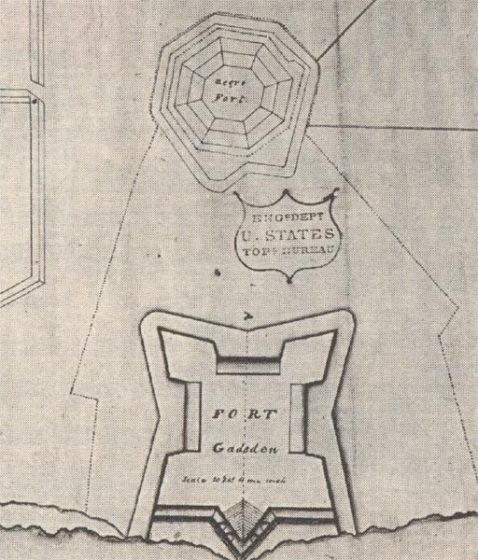





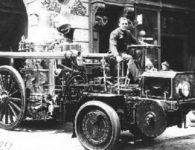
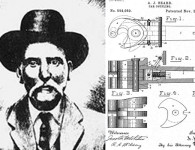
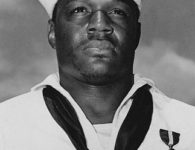


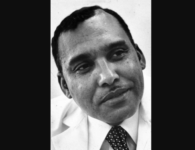
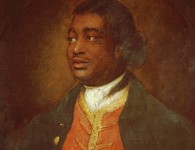

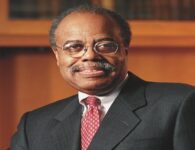
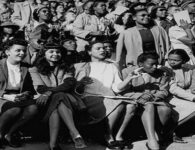

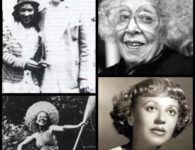
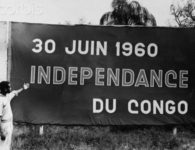
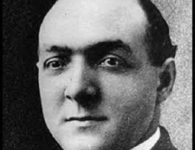
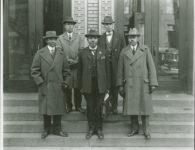

3 Comments
[…] post Fort Gadsen: Known as the “Negro Fort” appeared first on Black […]
Andrew Jackson was not POTUS in 1816.
No, but he was the General who ordered the Fort to be taken or destroyed. Wikepedia
“Acknowledging that it was in Spanish territory, in April 1816, Jackson informed Governor José Masot of West Florida that if the Spanish did not eliminate the fort, he would. The governor replied that he did not have the forces to take the fort.[citation needed]
Jackson assigned Brigadier General Edmund Pendleton Gaines to take control of the fort. Gaines directed Colonel Duncan Lamont Clinch to build Fort Scott on the Flint River just north of the Florida border. Gaines said he intended to supply Fort Scott from New Orleans via the Apalachicola River. As this would mean passing through Spanish territory and past the Negro Fort, it would allow the U.S. Army to keep an eye on the Seminole and the Negro Fort. If the fort fired on the supply boats, the Americans would have an excuse to destroy it.[69]
In July 1816, a supply fleet for Fort Scott reached the Apalachicola River. Clinch took a force of more than 100 American soldiers and about 150 Lower Creek warriors, including the chief Tustunnugee Hutkee (White Warrior), to protect their passage. The supply fleet met Clinch at the Negro Fort, and its two gunboats took positions across the river from the fort. The African Americans in the fort fired their cannon at the white U.S. soldiers and the Creek, but had no training in aiming the weapon. The white Americans fired back. The gunboats’ ninth shot, a “hot shot” (a cannonball heated to a red glow), landed in the fort’s powder magazine. The explosion leveled the fort and was heard more than 100 miles (160 km) away in Pensacola.[citation needed] It has been called “the single deadliest cannon shot in American history.”[70] Of the 320 people known to be in the fort, including women and children, more than 250 died instantly, and many more died from their injuries soon after. Once the US Army destroyed the fort, it withdrew from Spanish Florida.”